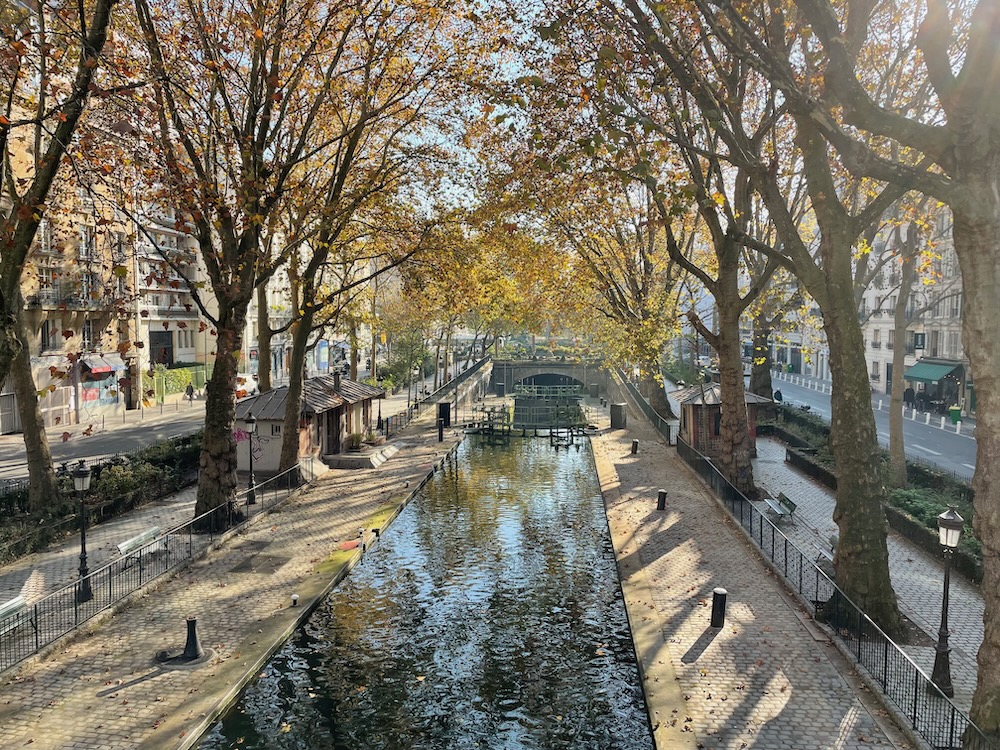
Cities

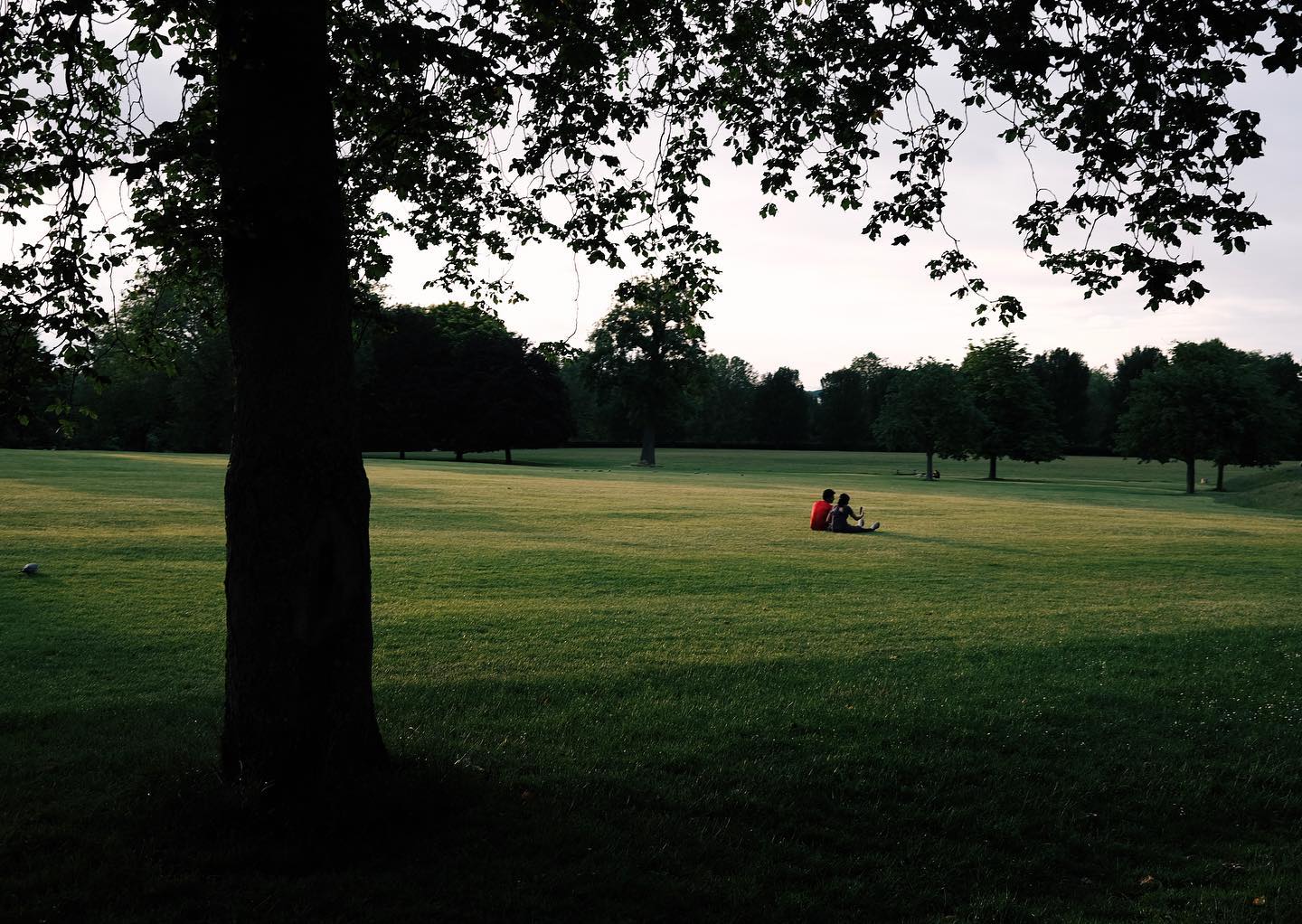
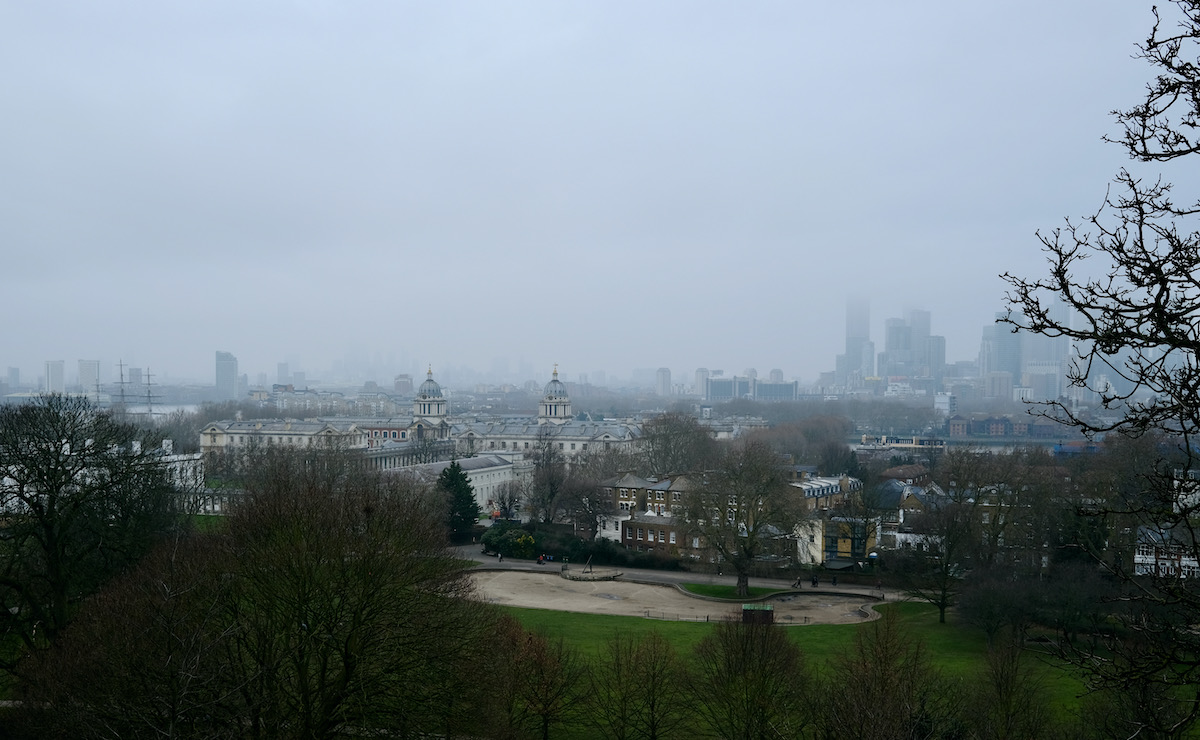
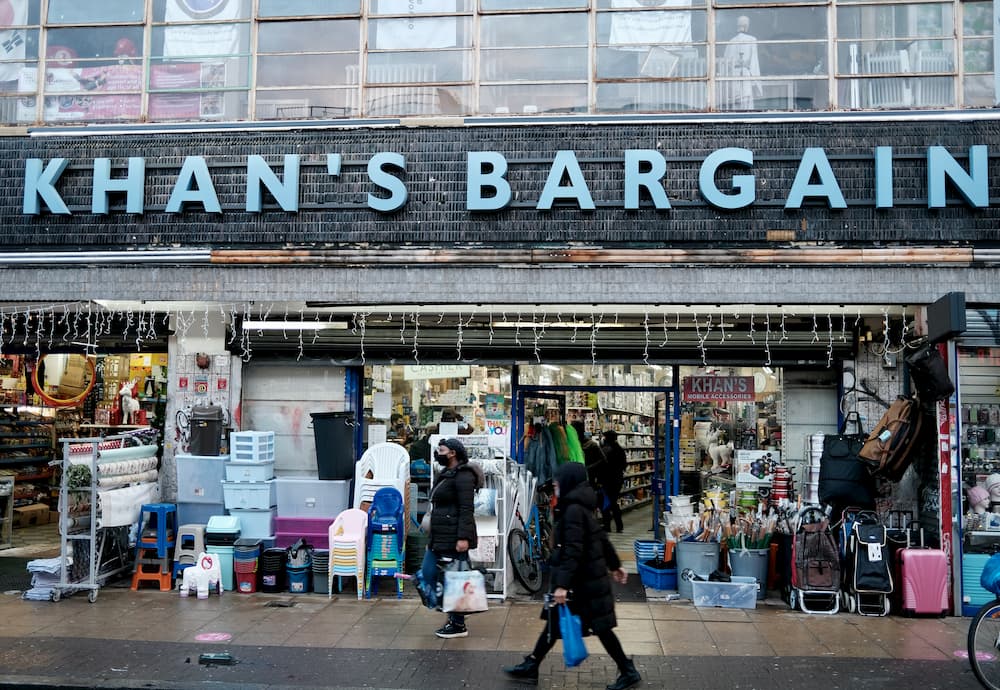


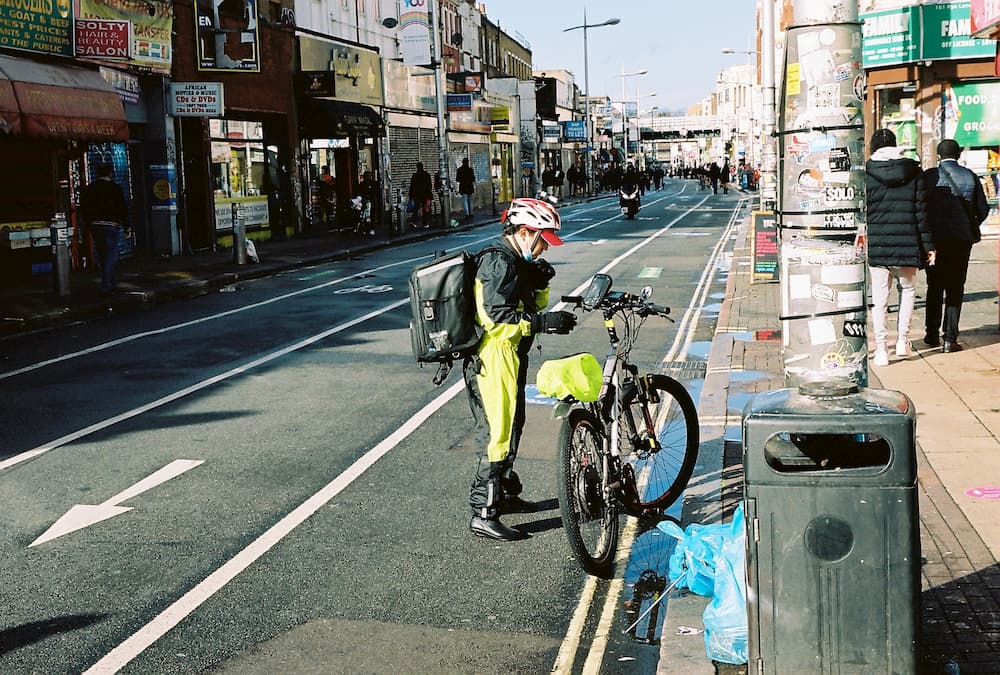
Why is there a cluster of tall buildings in the City of London?
2020-11-12
At present more than 60 City buildings exceed 75m in height and nine exceed 150m. Several more are on the drawing board. Most of the new batch are located inside an approximate triangle bounded by Liverpool Street station, Fenchurch Street station and Leadenhall Market. None are targeted for the western half of the City, nor anywhere near the river.
— Why is there a cluster of tall buildings in the City of London?, in Diamond Geezer
Pubs in London with outdoor heaters
2020-10-28
I was forwarded a PDF that began life as a Google Doc, before it was overwhelmed by demand. Crowd-sourced, guerrilla resources often spring up like this in times of difficulty. Perhaps I should be less surprised at how quickly Londoners have acted to work out where to get a pint without exposing yourself to the virus or the freezing cold.
PDFs are notoriusly inconvenient to quickly reference, so I’m mirroring here. Text presented as found, below.
2020-10-06
Due to the health crisis, support from neighbors in the absence of a family or other social network to fall back on could become rarer, said Nan Roman, president and CEO of the National Alliance to End Homelessness. “Usually when people get evicted, they pull something together. They either stay with family or someone lets them stay for a while, and then they move on to someplace else. Most commonly, even among low-income people, they do eventually get into housing, in normal times,” she said. But for those who aren’t able to figure something out, “it could be the beginning of a downward spiral that ends in homelessness.”
Ty’s possessions stayed locked in his former apartment. To retrieve his things, he would have to call the property’s landlord and eviction lawyers, he was told on the day he was evicted. When he reached them a few days later, they demanded $1,100 to get back into his apartment — money he didn’t have. He had just been paid at work and had only $700 in his bank account. “If I had $1,100, I would have paid for another month’s rent and had a roof over my head for another 30 days,” he said.
Without any other outlet for his anger, he tweeted about his eviction, which caught the attention of a few people whom he had coached in high school football long ago. They reached out to Ty and some other former players and quickly collected the $1,100 he needed to retrieve the rest of his belongings.
— His Landlord Evicted Him During The Pandemic And Then Demanded $1,100 For Him To Get His Belongings, Vanessa Wong in BuzzFeed News